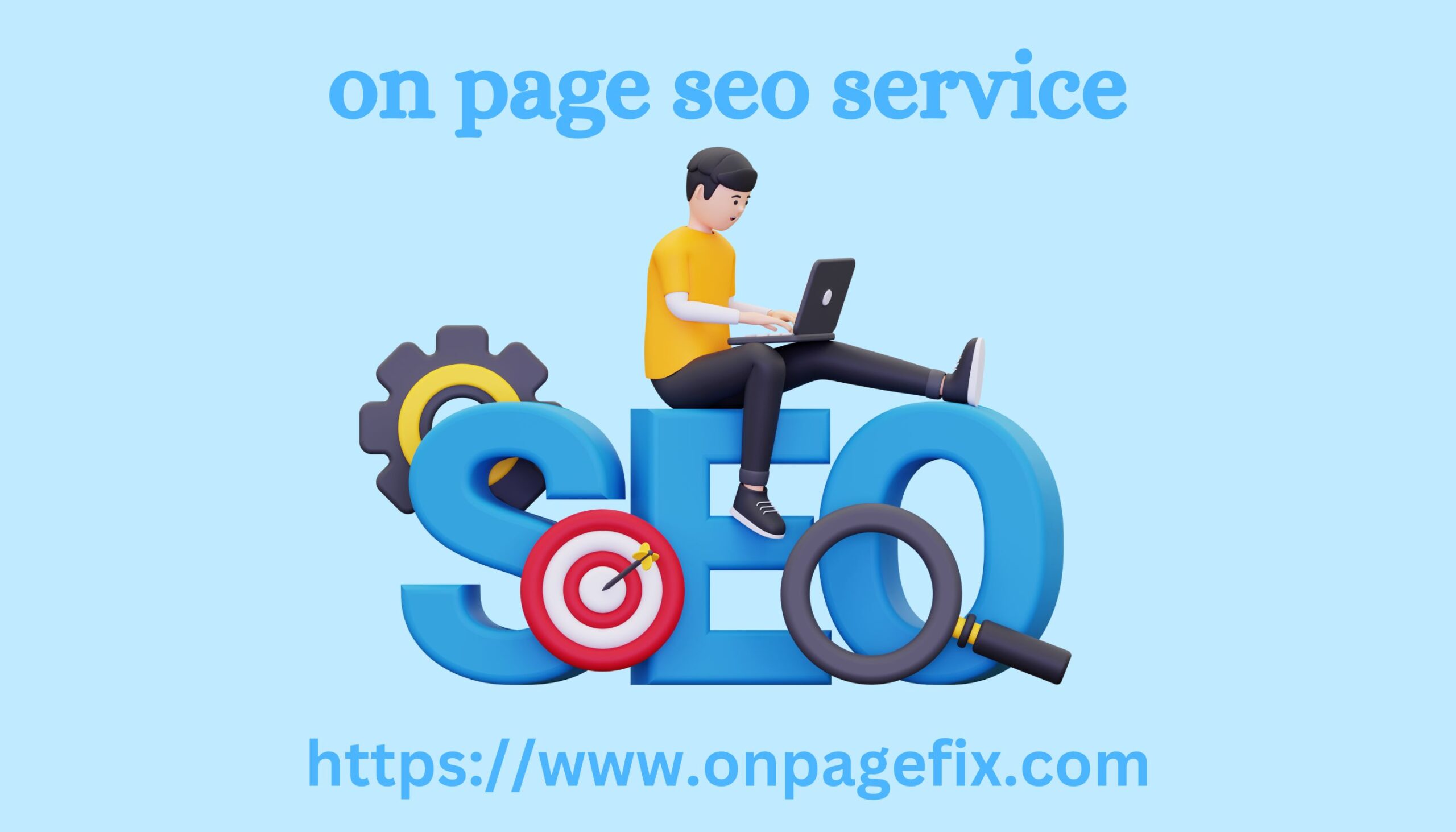Post by sinthiya007 on Nov 9, 2024 23:52:38 GMT -5
The first thing we all pay attention to when opening a website is the quality of its design and the visual content that can be found on it. Sometimes a web resource repels from itself literally from the first seconds due to its flashy or awkward design, inconvenient interface and large "heavy" pictures, due to which the pages take several minutes to load.
The disadvantages in the design and operation of a web on page seo service resource make users close the tab with such a site and look for a fast and more presentable alternative. Let's figure out how to optimize images for a site.
Why does a website need image optimization?
We have already answered the question: why optimize images on the site. Let's remember the basic things and expand our knowledge a little.
It is no secret that in order for a site to be seen by users, it must undergo a kind of moderation by the search engine and end up in the top results. To do this, it is necessary to fill the site with high-quality optimized images to simplify the indexing of pages and facilitate the promotion of the site:

● the loading speed of pages where compressed photographs are placed increases significantly, therefore, the user is not irritated by anything, and navigation is much simpler and easier.
● Images help to attract more target audience and increase traffic - people who search for something by images can come to your site.
● properly optimized images (compressed photographs) increase the chances of a site appearing at the top of search results for key queries and help avoid incorrect display of a web resource in searches.
Although placing visual content on a website is a creative and unique process in each individual case, in order for image optimization to be effective, it is necessary to take into account several important points.
Selecting an image format
The right format simplifies image indexing and helps avoid incorrect display on the page. If you choose the wrong extension, the image may be distorted due to errors. There are two categories of formats:
The disadvantages in the design and operation of a web on page seo service resource make users close the tab with such a site and look for a fast and more presentable alternative. Let's figure out how to optimize images for a site.
Why does a website need image optimization?
We have already answered the question: why optimize images on the site. Let's remember the basic things and expand our knowledge a little.
It is no secret that in order for a site to be seen by users, it must undergo a kind of moderation by the search engine and end up in the top results. To do this, it is necessary to fill the site with high-quality optimized images to simplify the indexing of pages and facilitate the promotion of the site:

● the loading speed of pages where compressed photographs are placed increases significantly, therefore, the user is not irritated by anything, and navigation is much simpler and easier.
● Images help to attract more target audience and increase traffic - people who search for something by images can come to your site.
● properly optimized images (compressed photographs) increase the chances of a site appearing at the top of search results for key queries and help avoid incorrect display of a web resource in searches.
Although placing visual content on a website is a creative and unique process in each individual case, in order for image optimization to be effective, it is necessary to take into account several important points.
Selecting an image format
The right format simplifies image indexing and helps avoid incorrect display on the page. If you choose the wrong extension, the image may be distorted due to errors. There are two categories of formats:
